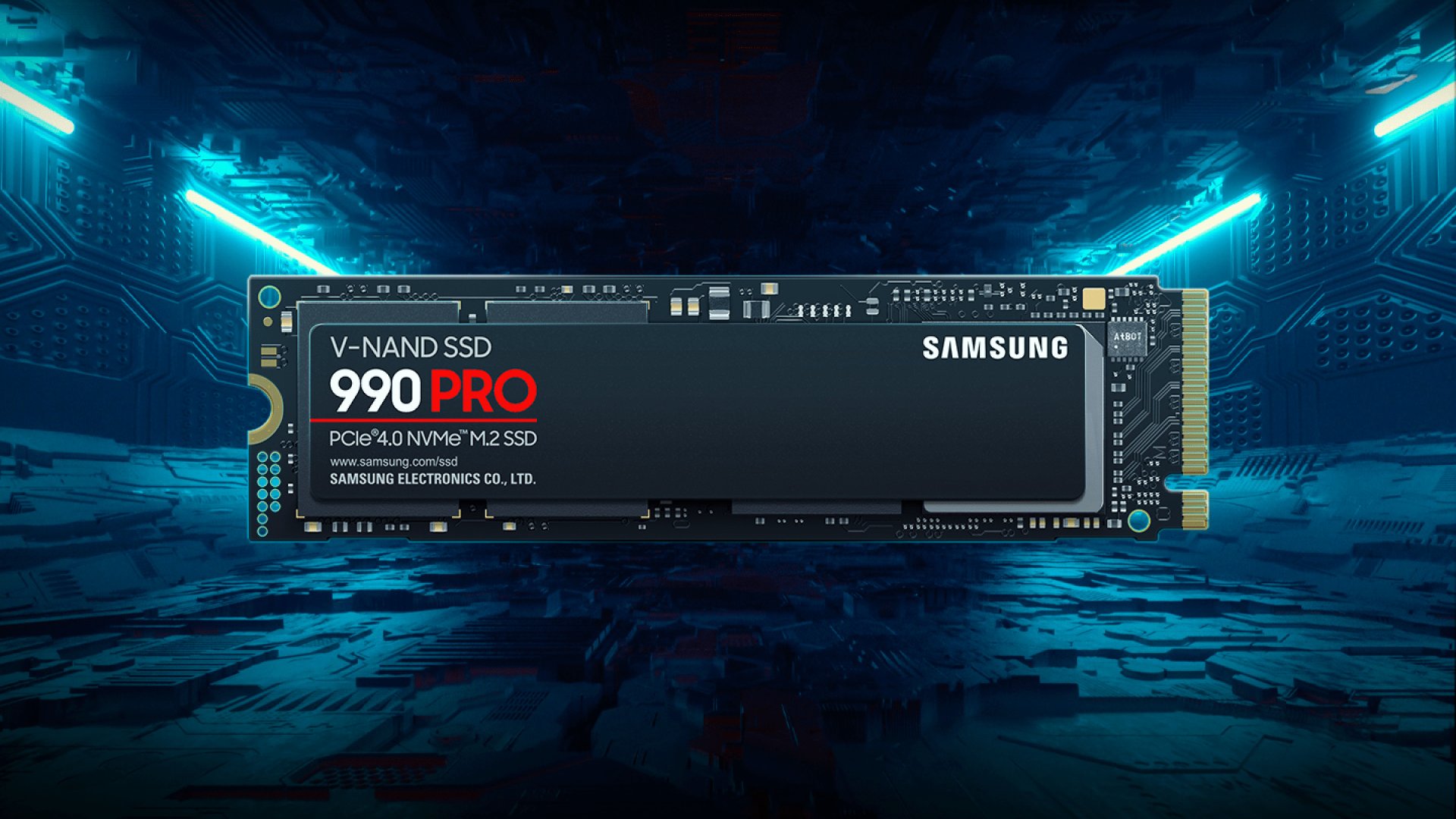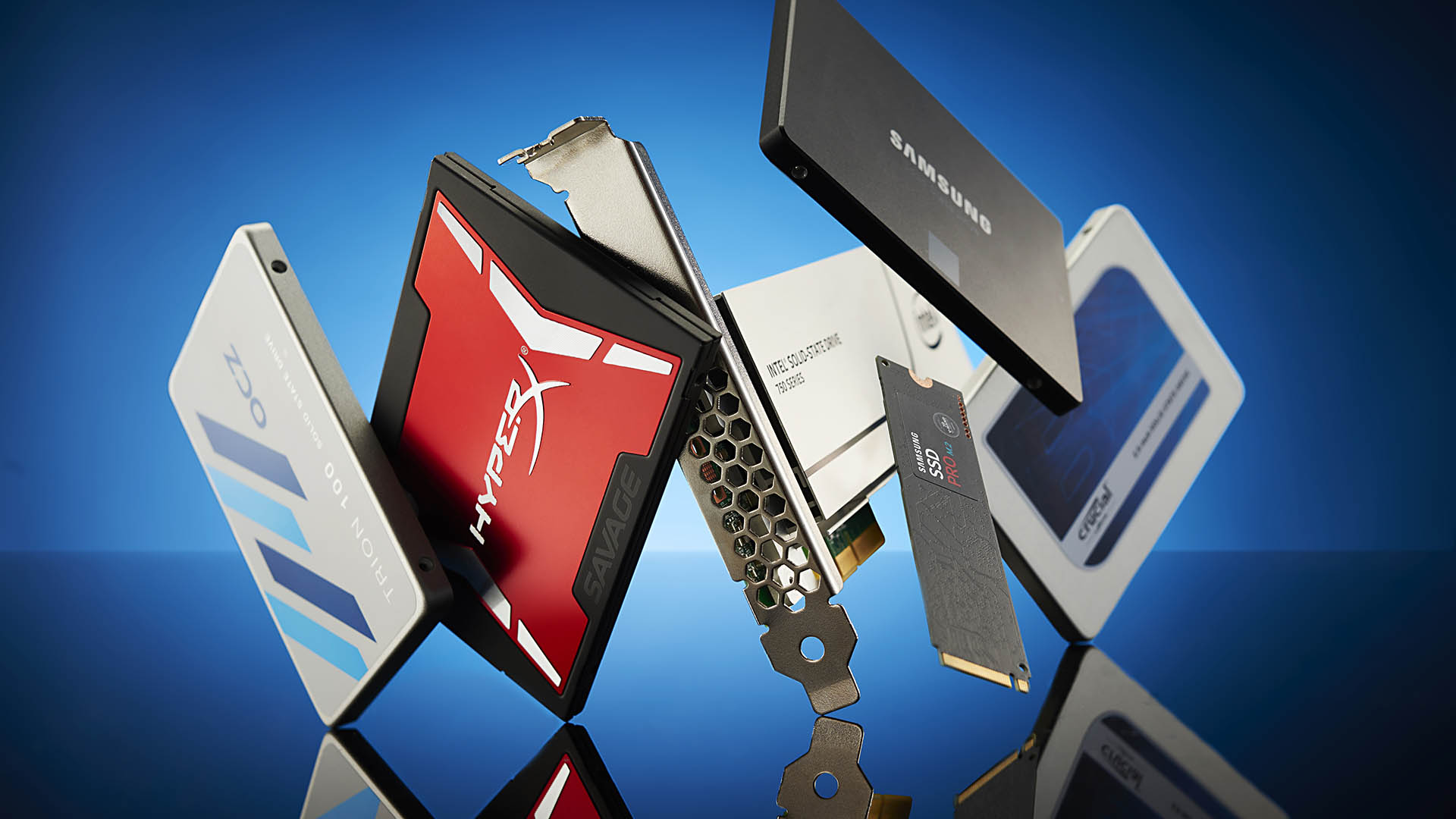Samsung teases petabyte SSDs as today's drives just keep getting cheaper and cheaper
Pretty soon, current storage capacities will be practically free.

Samsung has plans for petabyte SSDs within 10 years. That's 1,024TB in old money, people, and a whole lotta storage. The news comes as SSDs you can buy today just keep getting cheaper.
According to A&SMag (via Tom's Hardware), Samsung will achieve the 1PB target through a range of advancements. Your usual node shrinks will be part of the answer. So will increasing the number of layers in its flash chips to around 1,000. Today's NAND flash chips top out at 232 and 236 layers from Micron and Samsung respectively.
Further physical and packaging advances will help improve density, too, but another really big driver will be bit density. Currently, commercial SSDs are available with up to four bits per memory cell, known as QLC or quad-level cells.
The next step would be PLC or penta-level cells storing five bits of data and then HLC or hexa-level cells with six bits. Of course, increasing cell bit density is a very complex process.
Current high-performance SSDs use TLC or triple-level cell NAND with three bits per cell. That requires the use eight different voltage levels in a given cell to express all the possible data states. A hexa-level cell would require 64 voltage levels and a theoretical cell with eight bits would need 256 voltage levels.

Best SSD for gaming: the best solid state drives around
Best PCIe 4.0 SSD for gaming: the next gen has landed
The best NVMe SSD: this slivers of SSD goodness
Best external hard drives: expand your horizons
Best external SSDs: plug in upgrades for gaming laptops and consoles
Of course, as the number of voltage levels goes up, so does the difficulty in terms of reading and applying those levels reliably. Cells with increased bit levels wear out much faster. The time taken to read and write those voltage levels also increases, which hammers performance. QLC drives have a terrible rep for performance, so goodness knowns how bad a PLC or HLC drive would be.
Even TLC memory is relatively slow, which is why high-performance SSDs all run a portion of their NAND flash in pseudo SLC, or single-level cell mode to increase throughput.
The biggest gaming news, reviews and hardware deals
Keep up to date with the most important stories and the best deals, as picked by the PC Gamer team.
Anywho, while Samsung works out how to fix the problem of adding cell levels to NAND flash, today's SSDs just keep getting cheaper. According to research outfit Trendforce, flash memory will keep getting cheaper this year. Trendforce reckons consumer SSDs dropped in price by 13% to 18% in the first quarter of 2023 alone, and forecasts another 5% to 10% drop in the second quarter of this year.
Trendforce thinks further price reductions in the second half of this year are likely. Right now, cheap 1TB M.2 drives can be had for under $50 while cutting-edge PCIe 4.0 drives can be had for under $100. Those prices, it seems, are only going to get better.

Jeremy has been writing about technology and PCs since the 90nm Netburst era (Google it!) and enjoys nothing more than a serious dissertation on the finer points of monitor input lag and overshoot followed by a forensic examination of advanced lithography. Or maybe he just likes machines that go “ping!” He also has a thing for tennis and cars.

